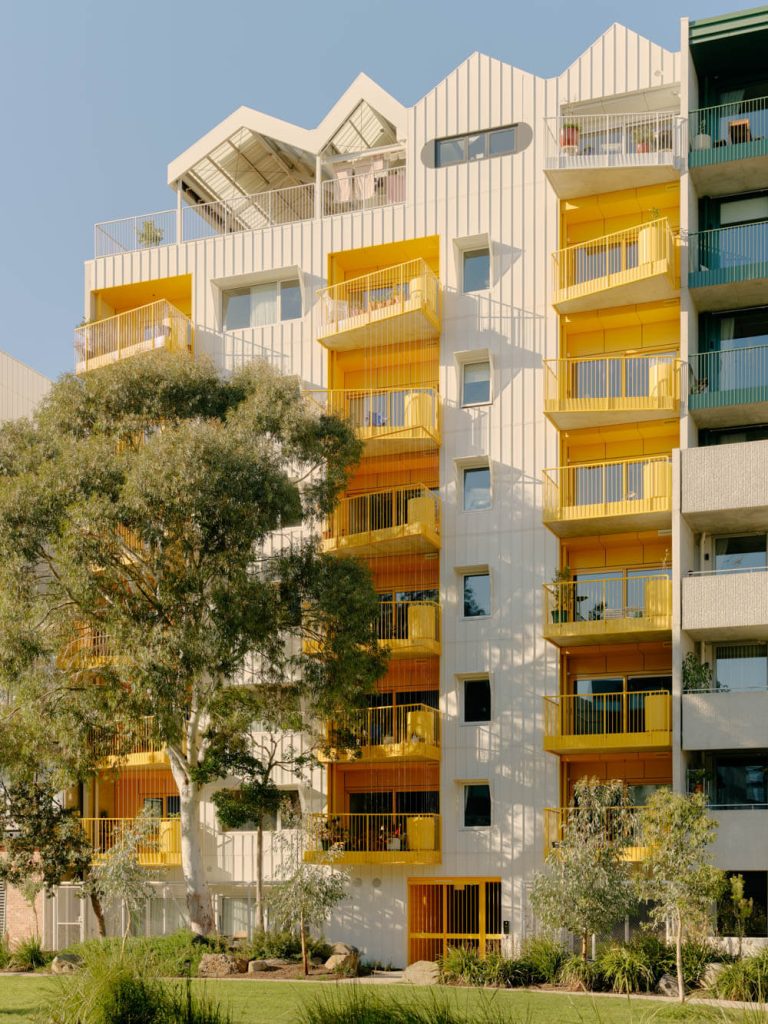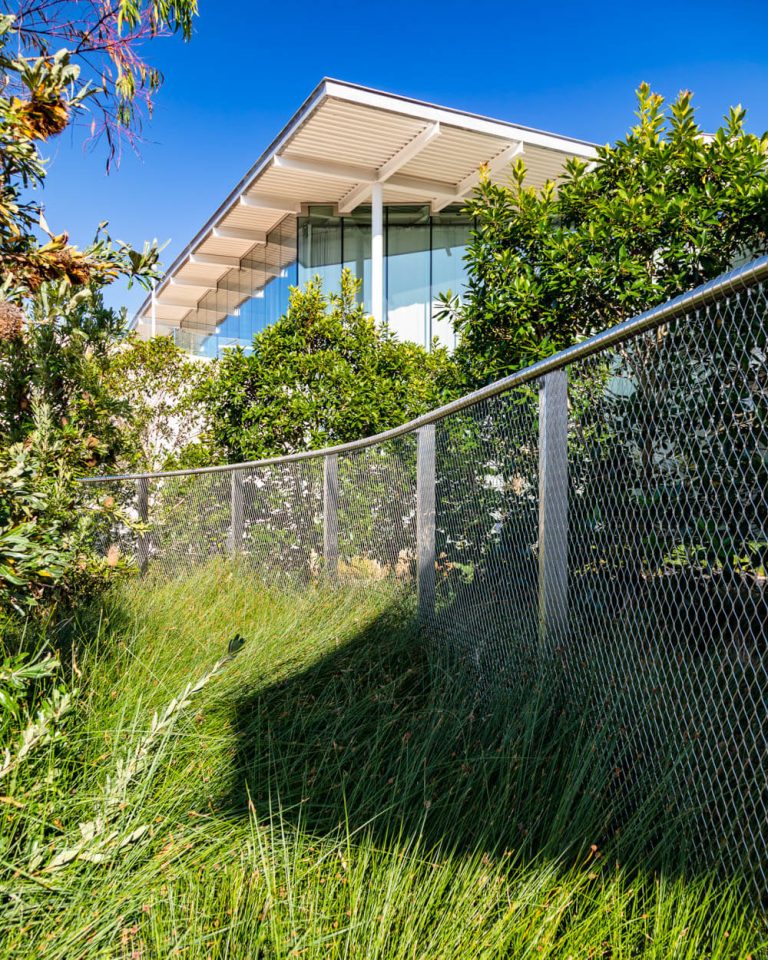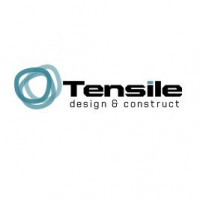-
Australia
Copyright © 2025 Powered by BCI Media Group Pty Ltd
Confirm Submission
Are you sure want to adding all Products to your Library?
Contact Detail

The environmental benefits of sustainable building solutions include reduced use of resources, improved energy and water management, and lower carbon emissions.
But sustainability is not only about environmental issues – there is also a commercial case for sustainable building solutions.
This includes reduced operating costs, improved building resilience (and in turn, mitigation of the costs of climate-induced weather events) and even the potential for higher rental yields.
Other reasons for sustainable building include compliance with energy efficiency standards, better ventilation, healthier indoor air, more natural light and improved comfort for occupants.
Buildings can be made more sustainable through the use of recycled and eco-friendly materials, reducing on-site waste, improved efficiencies in building methods, and building according to the surrounding climate and environment.
At Tensile, we design and build light tensile structures using innovative stainless steel materials. These materials and the building methods we use can contribute to higher sustainability in buildings and built environments.
Composition and applications for innovative materials
In most of our projects (safety barriers, facades, suspended artworks and more) we use Jakob marine-grade stainless steel wire rope in the form of vertical cabling or woven Webnet mesh.
These materials are manufactured in facilities that run on renewable energy. They are also made from a minimum of 70% recycled content, and can be repurposed after use. These characteristics make the materials an excellent choice for structures with a sustainability focus.
When it comes to applications, installations can often be done quickly. This is due to the material’s relative lightness in weight, capacity for large spans, flexibility and modularity. This helps to reduce construction costs, time, resources, and of course, emissions.
The robustness of the materials often results in needing less – again reducing costs as well as the potential for material wastage.
Using these innovative materials can reduce operating costs over the life on the installation as well, due to low ongoing maintenance requirements. The longevity of the materials also helps to reduce or even eliminate the costs of replacement.

Projects requiring sustainable building solutions
We have frequently been called on to provide tensile barriers or facades for buildings that have sustainability at their core. For these projects, we endeavour to ensure that our input matches both the design and sustainability goals of the client.
Here are some examples:
The Sydney Modern Art Museum
The Sydney Modern is the first art museum in Australia to achieve a 6-star green rating. So, it was important to us to ensure the barriers installed there would tread lightly upon the grounds of the building, while being highly robust and durable. Check out what we did here.
Nightingale Village
This residential project in Melbourne consists of six sustainable buildings designed for people over profit.
Our role was to install common area safety barriers and balcony green facades for one of the buildings. The eco-friendliness of the tensile materials used complements the sustainability focus of the building, while their transparency contributes to the sense of social connectivity within the village.
Bundanon Art Museum and Bridge
The highly innovative Bundanon museum has won numerous design and sustainability awards. Our part in the project was to install barriers for the bridge section of the museum.
The transparency of the finished Webnet barrier allows for views over the magnificent landscape that surrounds it. At the same time the eco-friendly nature of the material adheres to the sustainability goals of the design.
We love working on projects that have a sustainability focus! Get in touch to discuss your project idea.




